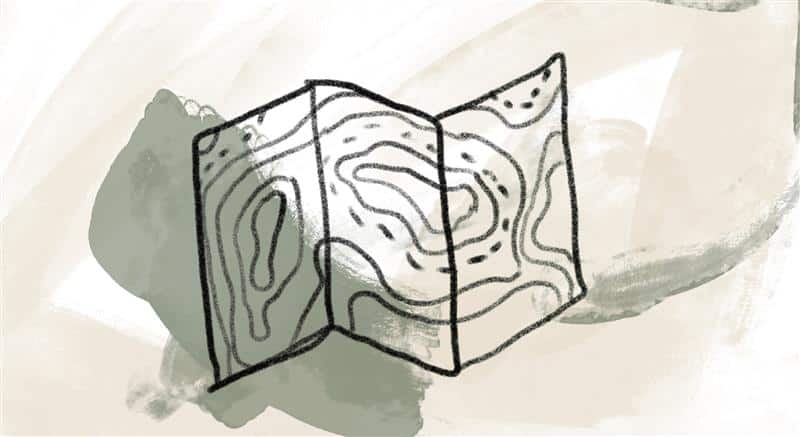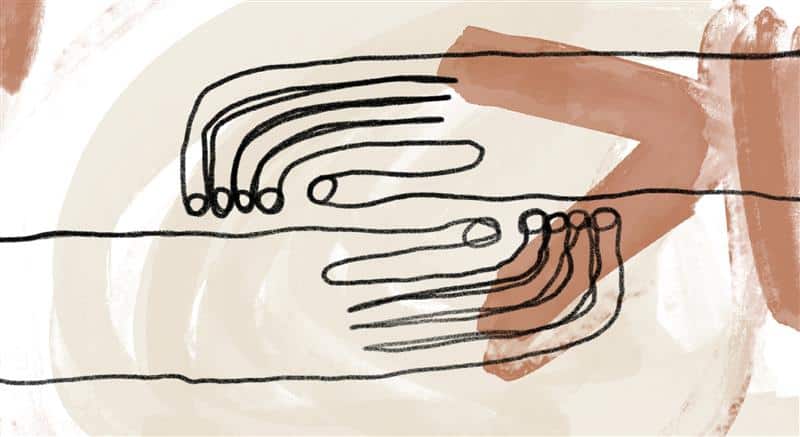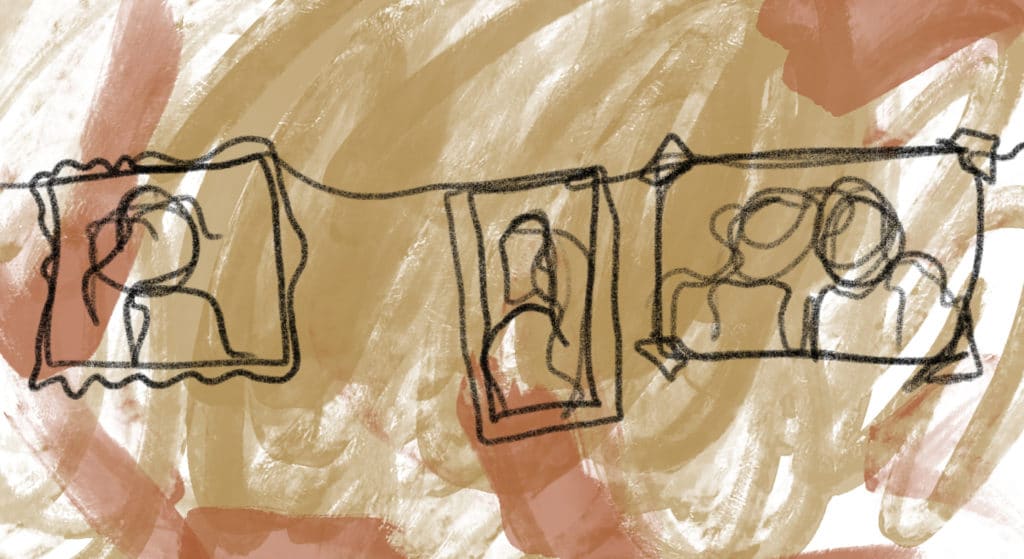
Queer Paths in the Two Halves of Life
Michelle Scheidt observes that for some queer and other LGBTQIA+ people [1] the process of discovering their sexuality and identity invites them to “fall upward”:
The shift to the second [half of life] is usually catalyzed by a life event or series of experiences that touch us at the core, unsettling us and forcing us to reorder and make meaning in a new way. These destabilizing events might bring deep pain or intense joy…. Negotiating this and reordering can shift us into the second half of life, a shift which is about our inner work, not our chronological age.
For queer people, this process [of “falling upward”] can be catalyzed by the discovery of our sexuality or gender identity and subsequent learning to navigate the world with that identity. This discovery, at whatever age, is often destabilizing, even traumatizing, as we learn to embody an identity that transgresses the boundaries of socially accepted norms. We discover that the dominant social rules do not work for us because we have a radically different experience of family or gender or love. [2]
Pastor and NYFD chaplain Ann Kansfield describes trying to “fit in” when she was young, until she chose to live more authentically:
As a kid, I didn’t fit in well at school. I was awkward. I was gender messy, even as early as the third grade. So, as you might expect, I was bullied mercilessly. I tried to be authentic, but … being authentic was always the wrong answer. My classmates wanted conformity, … yet, even at the age when peer pressure reigned supreme, I couldn’t do it. I was different in so many wild and wonderful ways. For one, I liked church….
I tried so hard to fit in with the others, but I was decidedly not cool. No amount of trendy makeup or fashionable dresses could hide the fact that femininity eluded me. Hiding myself meant playing a small game, and it wasn’t a fun game. As a result, I wasn’t a party to be around. My lack of authenticity kept people at arm’s length. It’s only when I began to embrace who I really was—the honest, fraught, vulnerable, and deeply human person—that I began truly experiencing life. As I practiced sharing my authentic self with others, I noticed people sharing more of themselves with me. If I shared my real self, others would share their real selves with me. And in this process, life around me became … well … more alive.… [3]
In his book New Seeds of Contemplation, Thomas Merton observed that a tree gives glory to God by being a tree. [4] I often recite this phrase like a mantra in my head as a reminder that my only job is to be my most authentic self. I’ve discovered that the more I embrace the person God made me, the more I’m able to love God. And, really, that’s the only thing I can offer to God and to the world. [5]
References:
[1] The word queer is used intentionally in this article to refer to people who identify as LGBTQIA+: lesbian, gay, bisexual, transgender, queer, questioning, intersex, asexual, agender, and others whose identities are outside of heteronormative, binary gender or sexuality. Queer was once a pejorative term used in ridicule, but today the word has been reclaimed as an expression of LGBTQIA+ pride.
[2] Michelle A. Scheidt, “Queer Paths in the Two Halves of Life,” Oneing 11, no. 2, Falling Upward (Fall 2023): 30–31. Available in print and PDF download.
[3] Ann Kansfield with Marty St. George, Be the Brave One: Living Your Spiritual Values Out Loud and Other Life Lessons (Minneapolis, MN: Broadleaf Books, 2021), 9, 3.
[4] Thomas Merton, New Seeds of Contemplation (New York: New Directions, 1972), 29.
[5] Kansfield, Be the Brave One, 177.
Image credit: A path from one week to the next—Loïs Mailou Jones, Eglise Saint Joseph (detail), 1954, oil on canvas. Alma Thomas, Red Abstraction (detail), 1959, oil on canvas. Loïs Mailou Jones, Shapes and Colors (detail), 1958, watercolor on paper. Click here to enlarge image.
As we journey through life, we begin to apply the colors of our experience with more depth, expansiveness and skill.
Story from Our Community:
As I read the heartfelt experiences of others, I feel more connected to the brokenness of my past and I begin to feel a joy that surpasses understanding. It reminds me of the life art “Kintsugi,” which is the practice of rebuilding a new piece of pottery from shattered fragments. As I embrace the broken pieces of my life, I find myself experiencing grace as I allow God to create something new and beautiful. This new vessel is what I use to pour forward my service to others during my second half of life. —Danielle H.




